The History of Internet Explorer
As Microsoft celebrates the 15th birthday of Internet Explorer, lets dive into the past and see how it all started…
Internet Explorer 1

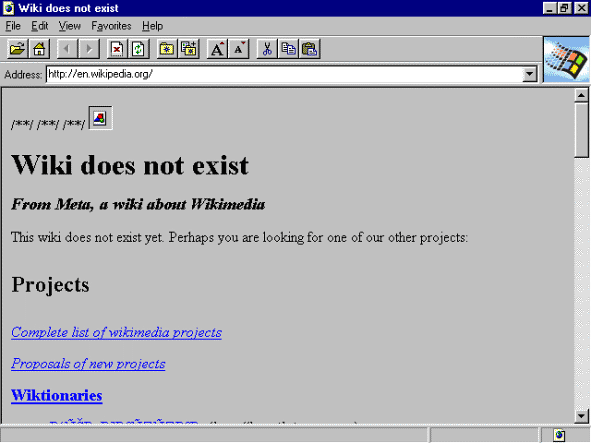
Back in August 16, 1995, Microsoft has released the very first version of Internet Explorer which was essentially just a reworked version of Mosaic web browser.
Internet Explorer 1.5
Several months later however, IE team (which began with just about 6 people) has released Internet Explorer 1.5, bringing support for basic table rendering.
Internet Explorer 2
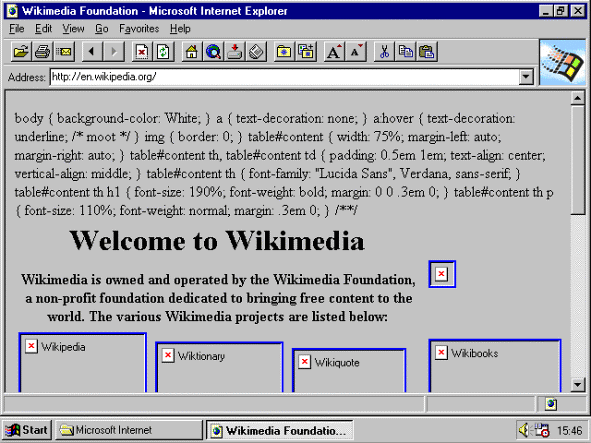
Actually, IE Team was so hooked up with the development of web browser that just two months after Internet Explorer 1 release, they have revealed IE2 Beta.
Internet Explorer 2.0 hit the streets back in November 22, 1995, followed by Mac OS release in 1996, including everyone’s beloved cookies, SSL and Internet newsgroups support.
Internet Explorer 2 for Mac OS used IE 2.1 rendering engine that not only improved stability, but also included a support for NPAPI (Netscape Plugin Application Programming Interface) and support for QuickTime VR.
Features:
Secure Socket Layer (SSL) protocol
HTTP cookies
Virtual Reality Modeling Language (VRML)
RSA (algorithm for the public-key cryptography)
Internet newsgroups (NNTP)
JavaScript support
HTML Frames element support
Internet Explorer 3
Internet Explorer 3 was released on August 13, 1996, it was the first IE version that no longer relied on Spyglass Mosaic’s codebase. Microsoft has also included it free of charge with Windows 95 OS. Mac version was released a half year later, on January 8, 1997.
“Microsoft Internet Explorer 3.0 adds many new features which are great for HTML authors and demonstrates our accelerating commitment to W3C HTML standards”, company said.
IE3 was actually the very first commercial browser that partially supported CSS. Also, it included features such as:
Internet Mail and News 1.0
Windows Address Book
Netscape’s plugins technology (NPAPI) support
Platform for Internet Content Selection
HTML Layout Control
Quick Links toolbar
ActiveX
Frames
etc.
During the lifetime of Internet Explorer 3, Microsoft integrated NetMeeting and Windows Media Player into the browser itself.
As browser wars continued, IE3 made a significant difference, increasing Internet Explorer market share from just 3-9% in early 1996 to 20-30% by the end of 1997.
According to Wkipedia:
Microsoft thus made no direct revenues on IE and was liable to pay Spyglass only the minimum quarterly fee. In 1997, Spyglass threatened Microsoft with a contractual audit, in response to which Microsoft settled for $8 million U.S
Internet Explorer 4
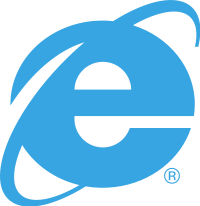
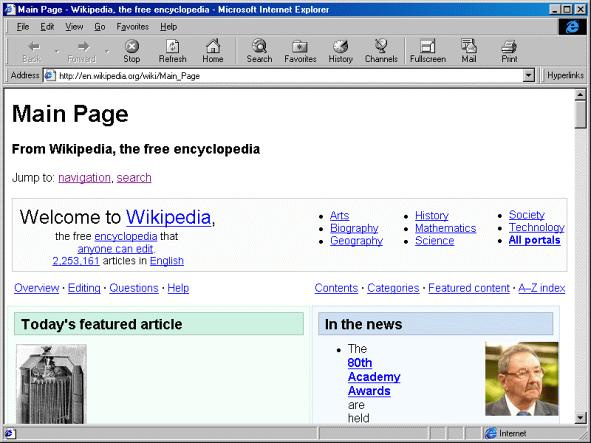
Internet Explorer 4 was initially released in September 1997, followed by Mac release in January 6, 1998 and UNIX release in March 4, 1998.
Tod Nielsen, the general manager of Microsoft’s developer relations group said that “he wanted to launch Internet Explorer 4.0 for Unix at the Ripley’s Believe It or Not! museum in San Francisco” because of skepticism from those who suspected IE for Unix was vaporware.
Microsoft has bundled it with the Windows 95 OSR 2.5, Windows 98 operating systems and marketed it as “The Web the Way You Want It”.
Integration with Windows part became the subject of concern that lead to the United States v. Microsoft case.
According to Wikipedia:
On November 2, 2001, the DOJ reached an agreement with Microsoft to settle the case. The proposed settlement required Microsoft to share its application programming interfaces with third-party companies and appoint a panel of three people who will have full access to Microsoft’s systems, records, and source code for five years in order to ensure compliance. The Settlement’s requirements were primarily designed to ensure there were stringent oversight procedures and explicit requirements to prevent Microsoft from engaging in “Predatory Behavior” or other practices that might form a “Barrier to Entry”. However, the DOJ did not require Microsoft to change any of its code nor prevent Microsoft from tying other software with Windows in the future.
With the release of IE4, Microsoft has introduced the Trident layout engine, Dynamic HTML, Active Desktop, Windows Desktop Update, Channels, Frontpage Express and other features.
Internet Explorer 5

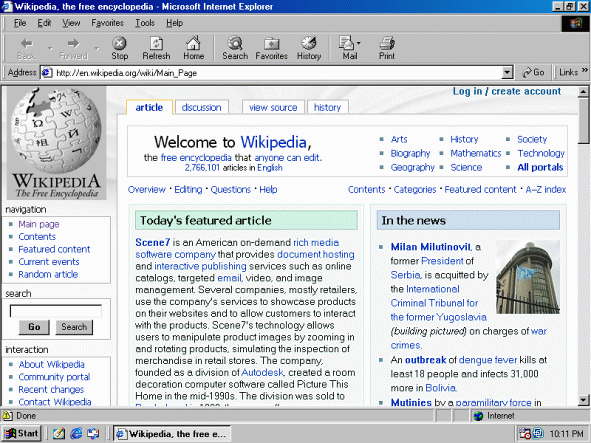
Internet Explorer 5 lifecycle is where the browser wars kicked in. Initially released on March 18, 1999, it destroyed Netscape Navigator over the period of few years. As of early 2000, IE already had more than 50% of the market share that quickly grew to over 80% before the release of IE6.
According to Wikipedia: “Microsoft spent over 100 million dollars (USD) a year in the late 1990s, with over 1000 people working on IE by 1999 during the development of IE5.” Now that’s a lot!
Features
History Explorer Bar
Search Explorer Bar
Favorites (make available offline)
AutoComplete Feature
Windows Radio Bar Toolbar
Internet Explorer Repair Tool
FTP Folders allows browsing of FTP and Web-Based Folders from Windows Explorer
… and mor
Internet Explorer 5.5
Microsoft has released Internet Explorer 5.5 in July 2000. The following version improved CSS and HTML standards support, improved print preview capabilities, developer APIs, added 128-bit encryption and was bundled with Windows Me.
Internet Explorer 6
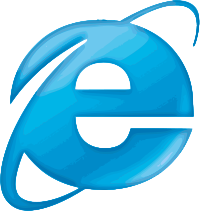
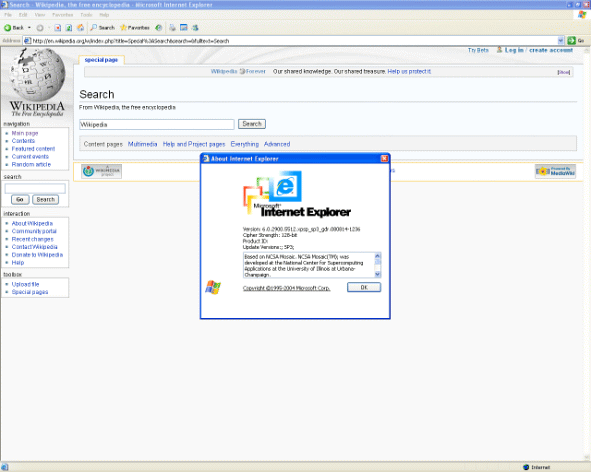
Ah, the famous Internet Explorer 6. Released on August 27, 2001 and bundled with Windows XP/Server 2003 systems, it helped Microsoft to reach an astounding 95% market share mark.
Market Share

Internet Explorer 6 fixed quite a few bugs that were introduced with IE5 release, improved CSS support and introduced a new user interface that was based on the default OS theme called Luna.
Although IE6 is almost 10 years old (and everyone hates it), it’s still widely used among individuals (notably in China, South Korea) and corporations.
Internet Explorer 7
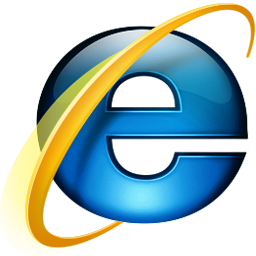
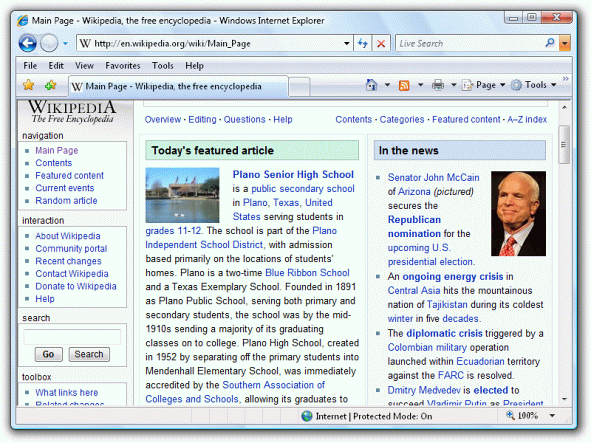
Thanks to competition, five years after Internet Explorer 6, Microsoft has finally updated their browser and released version 7 back in October 2006.
Unfortunately for company, Internet Explorer competitors were far ahead (it was least standards compliant browser of that time) and IE continued losing its market share.
Some of the new browser features are: tabbed browsing, reworked rendering engine and security framework, page zooming, a feed reader, search box, support for transparency in PNG images and more.
Internet Explorer 8

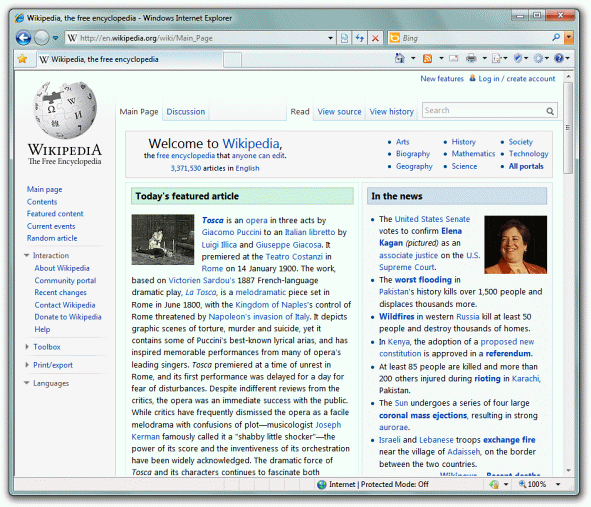
Just more than a year ago, Microsoft has released Internet Explorer 8 in both, 32 and 64 bit flavors (March 19, 2009) and bundled it into Windows 7 and Windows Server 2008 R2 operating systems.
After failure that was IE7, MS still tried to play a catch up game. Even though Internet Explorer 8 offered performance enhancements over IE7, improved standards support and a quite a few new features, it was still not a direct threat to other web browsers. However, it is far more competitive than Internet Explorer 7 ever was during its release.
Features:
InPrivate mode
Favorites Bar
Automatic Tab crash recovery
Developer tools
Inline search within pages
SmartScreen Filter
Suggested Sites
Web slices
… and more
Internet Explorer 9
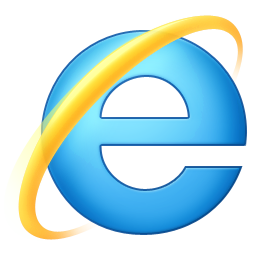
What about Internet Explorer 9?
Microsoft has shown the willingness to come back into the browser wars, improving performance and standards support, with motivation as strong as it was back in Netscape Navigator days, company is pushing hard to offer the best possible Internet experience.
Internet Explorer 9 Beta will be launched on September 15, 2010 and only time will tell the fate of IE9.
Mediocrity is not an option this time.
Happy Birthday, Internet Explorer!
[digg-reddit-me]
About (Author Profile)
Vygantas is a former web designer whose projects are used by companies such as AMD, NVIDIA and departed Westood Studios. Being passionate about software, Vygantas began his journalism career back in 2007 when he founded FavBrowser.com. Having said that, he is also an adrenaline junkie who enjoys good books, fitness activities and Forex trading.

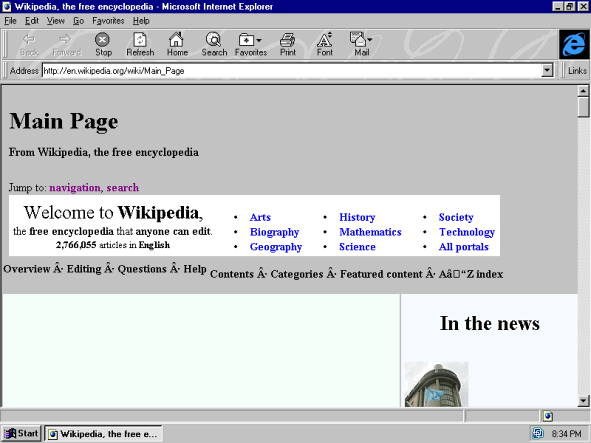



I’ve said it a few times already:
user experience
User experience is the key. I don’t know if it’s widespread (I couldn’t care less), but on my Windows 7 boot, I have an unbearable lag each time I open a new tab. That alone spoils it all for me. And then there’s the interface, which is simply awfully designed. And all the remainders of old IEs, what with crappy ActiveX, and all that “compatibility” non-compatibility bullcrap. It’s true that it’s a proper, decent browser (IE7 never was, I believe IE6 is, today, a less terrible choice than IE7), but it’s just so flawed, so obviously problematic to anyone who has ever browsed in anything proper, that it really sticks out to me that user experience, above everything else, is all Microsoft really needs to keep their users from instantly choosing something else as soon as they actually use something else. More than being faster and bothering about catering to those Chrome geeks who think they can detect 20ms differences in load times, Microsoft should try to simply close the gap between their browser’s usability and the competition’s. They need to make people not feel sick when they use their software. I can use Opera without feeling sick, no problem! It’s very slick, and despite all the clutter and stuff I don’t want, I can bear to give it a go for about half an hour, when I’m testing… stuff… Even Chrome! I can bear with Chrome just fine, as long as I don’t try to explore to much of the browser itself because, frankly, there isn’t much there to explorer. Ah! I’m even able to open Safari and browse a couple of pages before I get my guts all messed up with disgust. Not IE8 though. It’s painfully hard to do anything other than open an address, have a quick glance and exit the application. Microsoft needs to fix that.
Whoa, what happened with the post with Jesus and IE. It was very awesome, and not offending at all. Did you get some hate mail from “loving Christians” or what?
same question here….
I think Vygantas removed that post because of the ‘holy war’ that was going on in the background, but to be honest I don’t really know.
any chance to see IE9 inside an XP (SP3) machine?
Xp users are getting no love. And rightly so
I think I started to use IE from 4 onwards, albeit not on my computers. I really preferred version 4 and 5 over the others.
——————————————————————————–
It’ll be nice if we can skin this. Frankly I like my programs zuney
It was awsome experiance in internet
although I did not like it, this will be part of the hsitory for the most popular dominating browser ever made
“bellowed cookies” ? What is that?